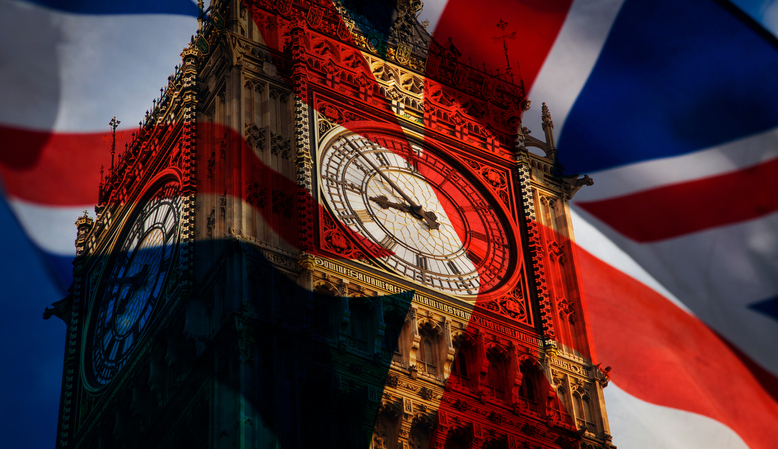British Prime Minister Theresa May has delayed a vote in parliament to approve her Brexit deal in search of extra assurances from the European Union that will win over deeply sceptical lawmakers. Britain cannot ratify any withdrawal agreement without parliament’s consent.
So what happens now?
BACK TO PARLIAMENT
The government has said it intends to hold a vote before January 21. But, critics are already lining up to say that May will not be able to get enough from EU leaders to make members of parliament change their mind about a deal they say is flawed.
By law, if the vote is held and the deal is rejected, ministers have 21 days to state how they intend to proceed.
The government has rejected suggestions it could seek to bypass parliament and proceed towards a no-deal exit. It has promised that lawmakers will get the chance to debate the next steps by Jan. 21 whether there is a deal or not.
RESIGN
May could resign as leader of the Conservative Party, triggering an internal contest to replace her without a general election.
OUSTED
A long-running effort by some members of May’s own party to get rid of her could gain renewed impetus. If 48 out of 315 Conservative lawmakers want her to go, the party holds a leadership ballot. If she loses, there is an internal contest to replace her without a general election.
VOTE OF NO CONFIDENCE
The opposition Labour Party could call a vote of no confidence in the government, seeking to take control of the country without holding an election.
If a majority of lawmakers vote against May’s government, Labour would have 14 days to prove, by a vote, that it could command a majority and form its own government.
BACK TO THE BALLOT
If May’s government loses a confidence vote and Labour is unable to form a new government, an election is called. May could also call a general election herself if two-thirds of lawmakers in parliament agree to it. May has said that a general election is not in the national interest.
LONGER-TERM OPTIONS:
SECOND REFERENDUM
The route to a second referendum on Brexit – or a People’s Vote – is unclear but would almost certainly require the backing of the government of the day. A new referendum can be called only if it is approved by parliament.
With May dead set against a second referendum, and the opposition Labour Party not committed to one (but not ruling one out), a second referendum would need either a change in prime minister, a change in government, or an abrupt change in policy.
An increasingly vocal contingent of lawmakers from across the political spectrum supports a fresh vote to break the deadlock in parliament. But, so far they have not been able to prove there is a majority in parliament for this view.
Even if parliament did agree in principle to a second referendum, Britain would then have to ask for an extension to its timetable for leaving the EU.
DELAY OR CANCEL BREXIT
The government could seek to extend the negotiating period with the EU to give it time to try to reach a better deal, hold a general election, or conduct a second referendum.
The government could also withdraw its notice of intention to leave the EU, which the European Court of Justice has ruled this week it can do without consent of other EU countries.
May has said she does not want to delay Britain’s exit from the EU, and will not revoke the notice of intention to leave.







